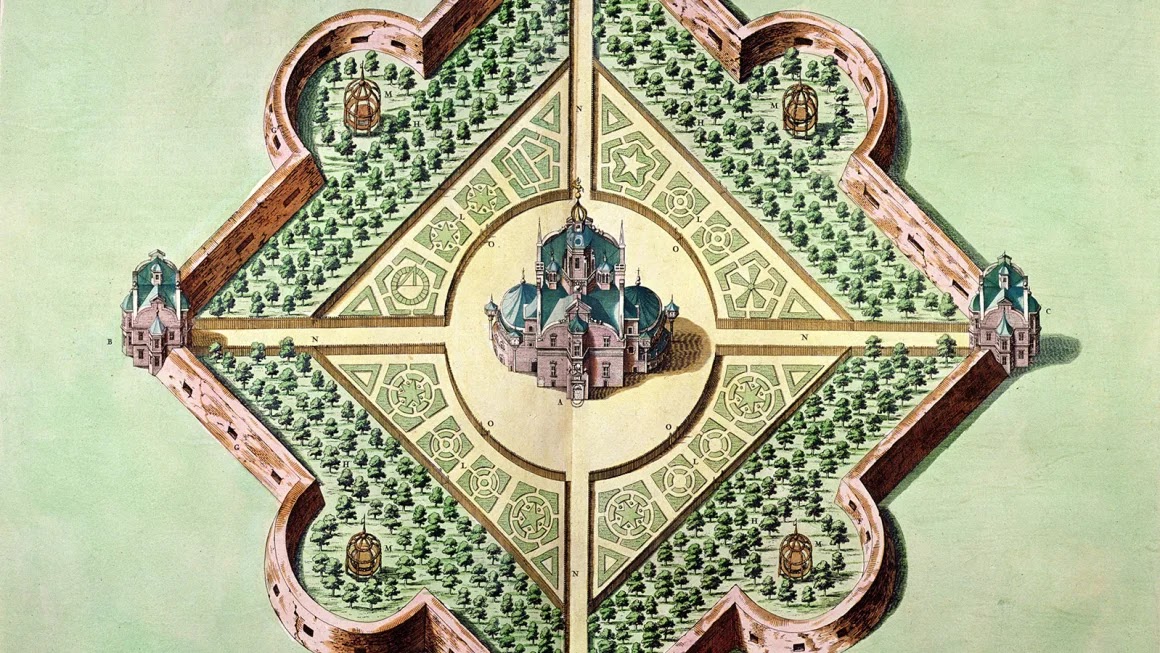Danish astronomer Tycho Brahe is best known for his celestial discoveries made in the 16th century
Tycho Brahe's castle Uraniborg, on the Swedish island of Ven, was surrounded by gardens and included an observatory and an alchemy lab in the basement.
In addition to serving as Brahe's home, Uraniborg functioned as a scientific center where students across Europe came to live and work.
This colored engraving from 1645 depicts Stjerneborg, a second observatory constructed by Brahe 80 miles south of Uraniborg. The round towers protected his instruments from the wind.
While Brahe correctly believed that the moon orbited Earth and the planets orbited the sun, he also thought the sun must orbit around Earth. But it was his assistant Johannes Kepler who developed the laws of planetary motion to understand how the planets orbited around the sun. Brahe, Kepler, Newton and Galileo Galilei changed the way people understand the world and its place in the universe.
“Tycho Brahe was the first of four giants standing on each other’s shoulders with 25-year intervals from 1580 to 1680, who formulated what can be called the modern view of the world — as opposed to the medieval view,”
A very nice read
Read More Story Source














